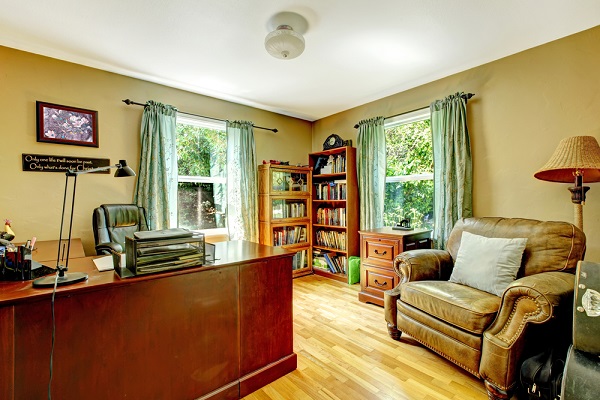We’re all guilty off it. It starts with a few things left out, a few that-will-come-in-handy-later, and before you know it you’re struggling to find space. Clutter is something we all face at some point or another. A cluttered and messy home is shown to cause stress; people often feel like life is getting out of control when surrounded by clutter.
Whether you can barely move from clutter, or just need a bit of extra space, decluttering is great for both your home and your mental health. In this article, we’ll cover our top 5 tips to get you started on your journey to a clutter-free home!
1. Set Your Goals at The Start.
All successful endeavours start with a good plan and decluttering is no different. Regardless of whether you’re decluttering a whole house or only a few rooms, a big mess or a small one, starting by creating a plan with some goals will help to keep frustrations under control.
- Start by making a list of the areas you want to declutter.
- Rate each area or room in order of the amount of clutter and priority in clearing (e.g. living rooms and bedrooms may be more important than basements)
- Gamify the work by setting completion goals and even rewards for yourself. Make sure to set the goals realistically, though.
2. Utilising A Sorting System.
As you start your journey to a new declutter house you will quickly release that without some sort of system in place to deal with the stuff you are tidying all you’re doing is moving mess around. If you already have a system of your own then great, but if not you can use the tried-and-true method of ‘Three Boxes’.
The three-box method involves placing items into one of three boxes; a keep box; dispose of box; and a storage box. Items in the keep box should be tidied into their new home at the end of each room. The toss box should be gotten rid of (see the next tip for that). And finally the storage box should be neatly stored away — this is for things like sentimental items that you don’t need every day but you can’t bear to part with.
3. Options for Getting Rid of Clutter.
Once you have the items in a room categorised you need to decide what to do with the things you are getting rid of. Many items such as plastics, glass, and electronics can be recycled, but for items that still have some life left in them — kids toys that were only used a handful of times before something newer and shinier came along — consider donating them to a new home or local second-hand shop.
Finally, for the items that can neither be recycled or re-homed, bag them up and take them to your local garbage disposal centre or call a local rubbish removal service. If you have a lot of things to be binned, think about hiring a DIY skip bin but do so towards the end of your decluttering so you can dispose of everything at once.
4. Think of The Last Time You Used It.
With a few rare exceptions, if you come across an item you haven’t used in more than six months then it’s probably safe to get rid of it. Even if you didn’t know where the item was or that you even still owned it, if you hadn’t gone searching for it then it probably isn’t that important.
5. Small Rooms First.
Start small, end big. That should be the mantra of any decluttering project. If you start on the biggest room with the worst amount of cluttering you’re more likely to get quickly overwhelmed and end up delaying the job indefinitely, which is probably how you got into this mess!
Beginning with the smallest rooms not only makes it feel like you’re making a difference, encouraging you to continue but also give you more room to work when it comes to tackling the bigger rooms.
The post Running Out Of Space? Top 5 Tips To Declutter Your Home appeared first on Young Upstarts.
via https://www.AiUpNow.com/ by admin, Khareem Sudlow


